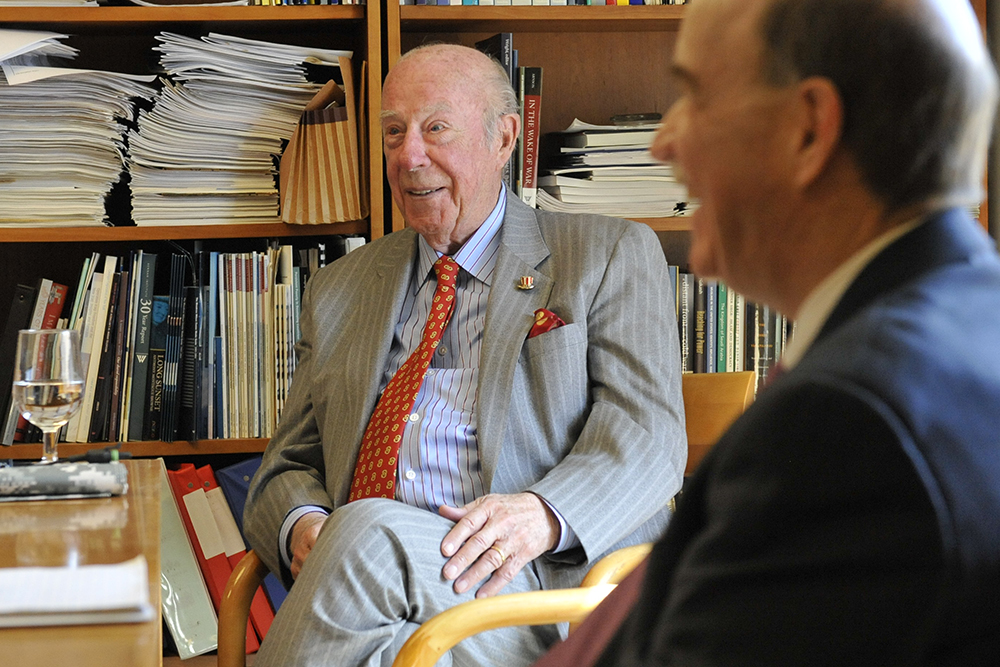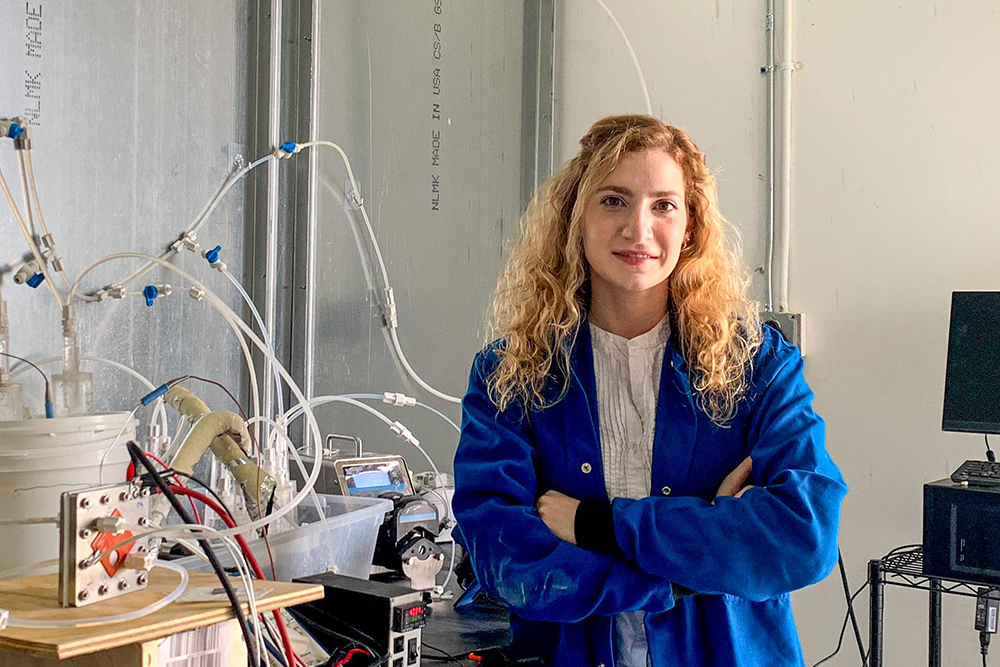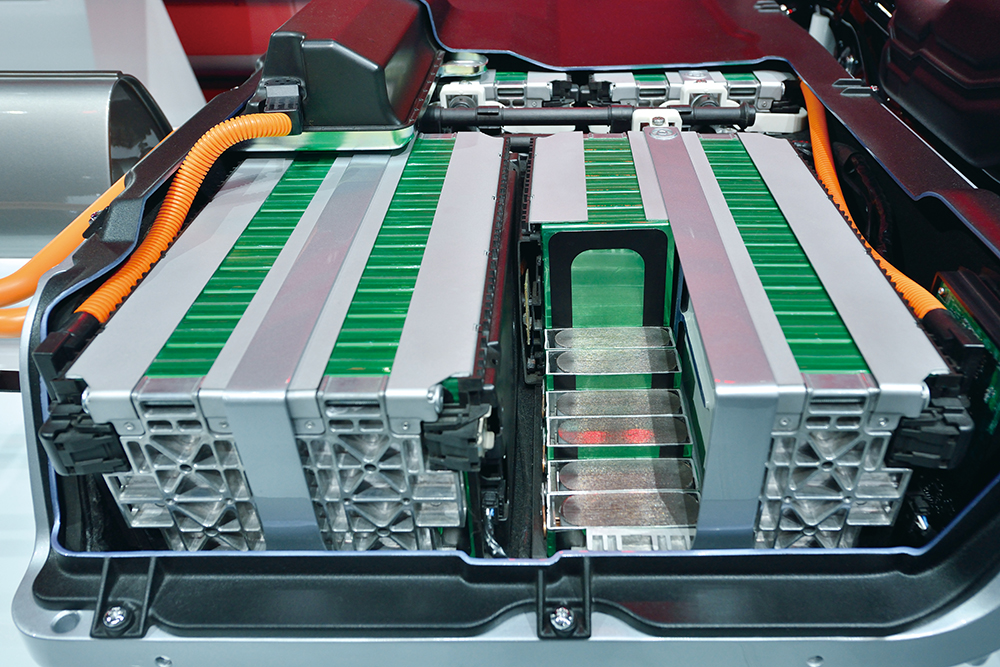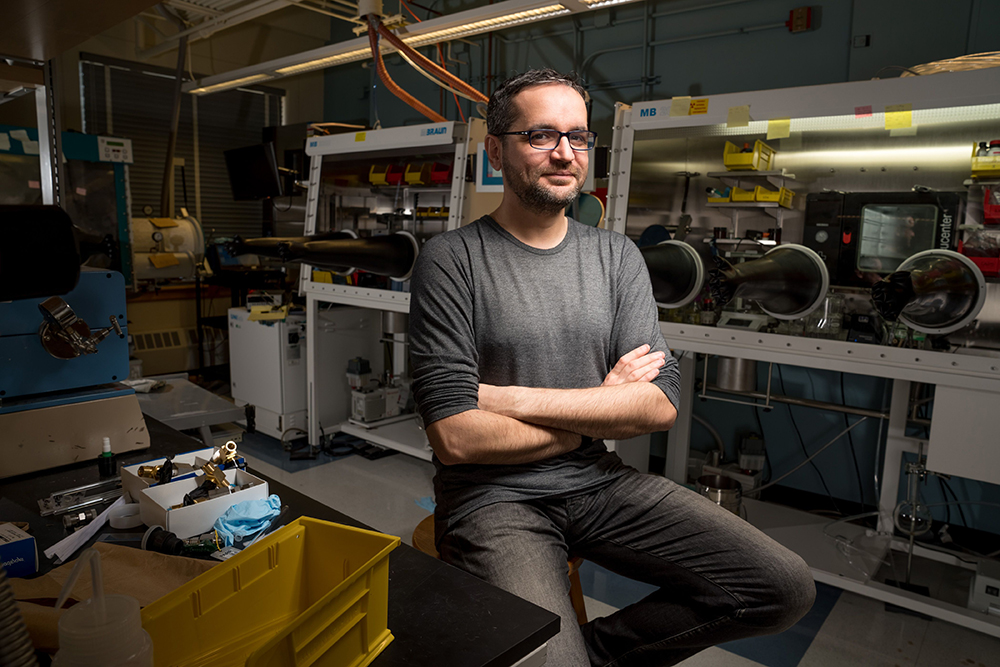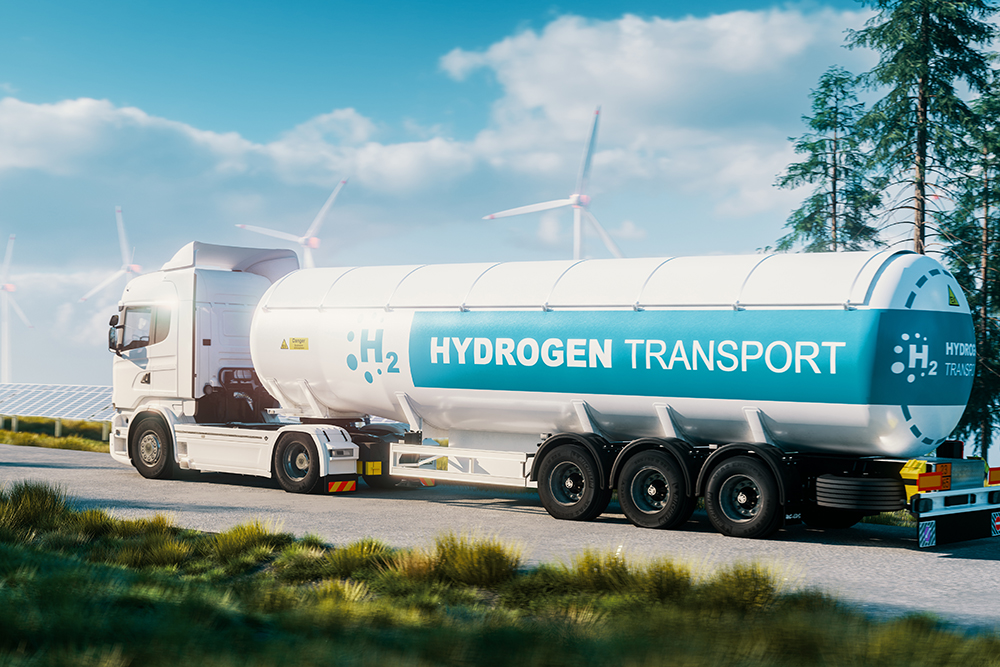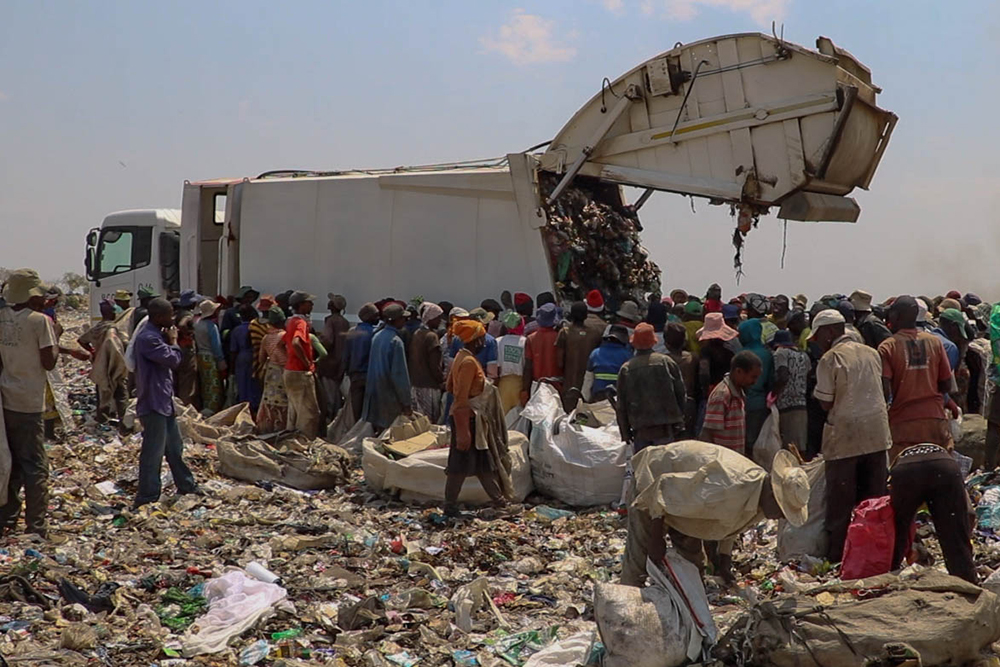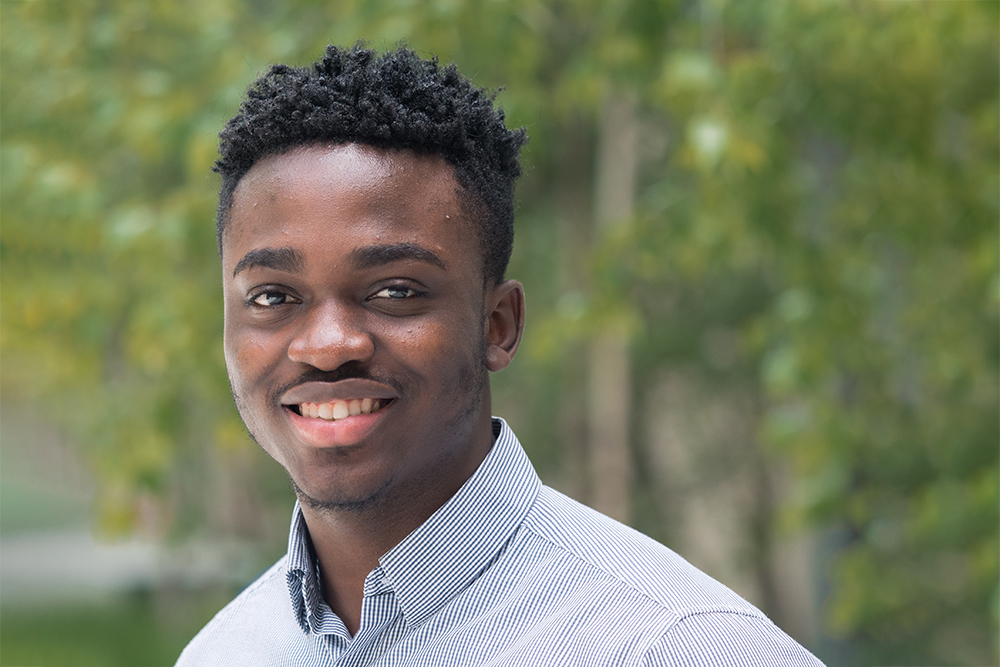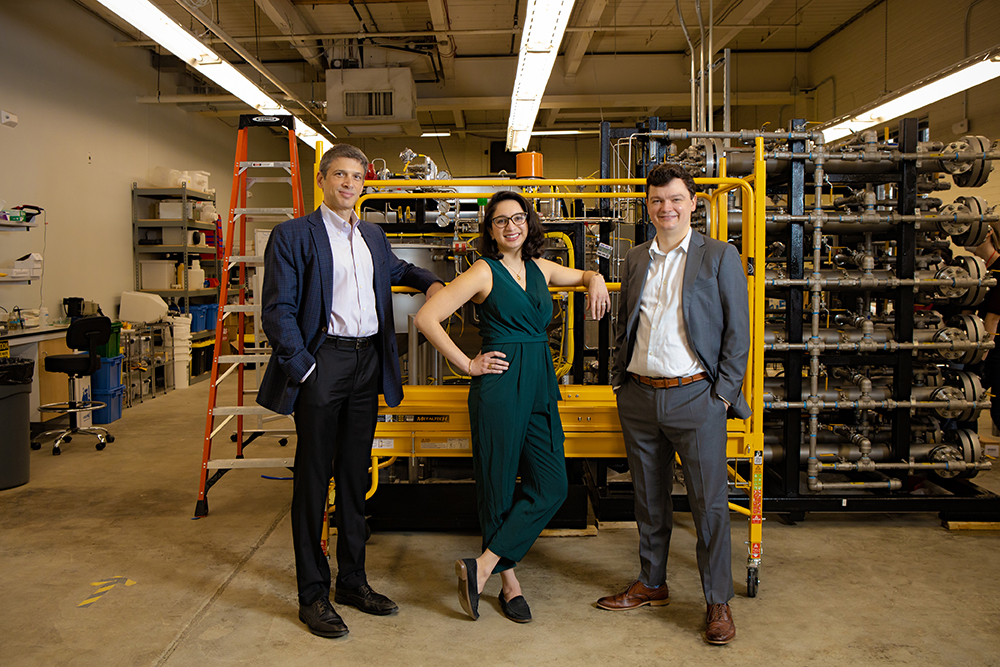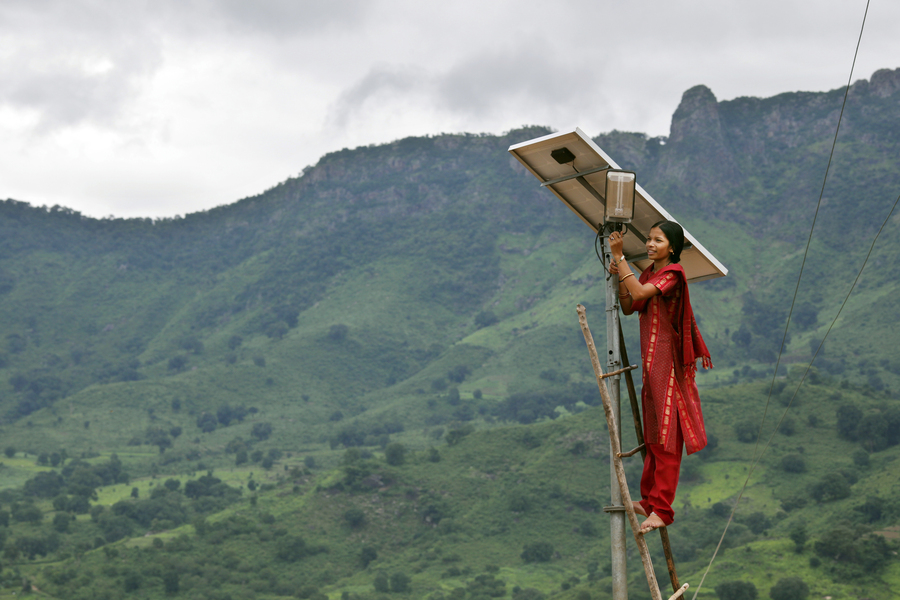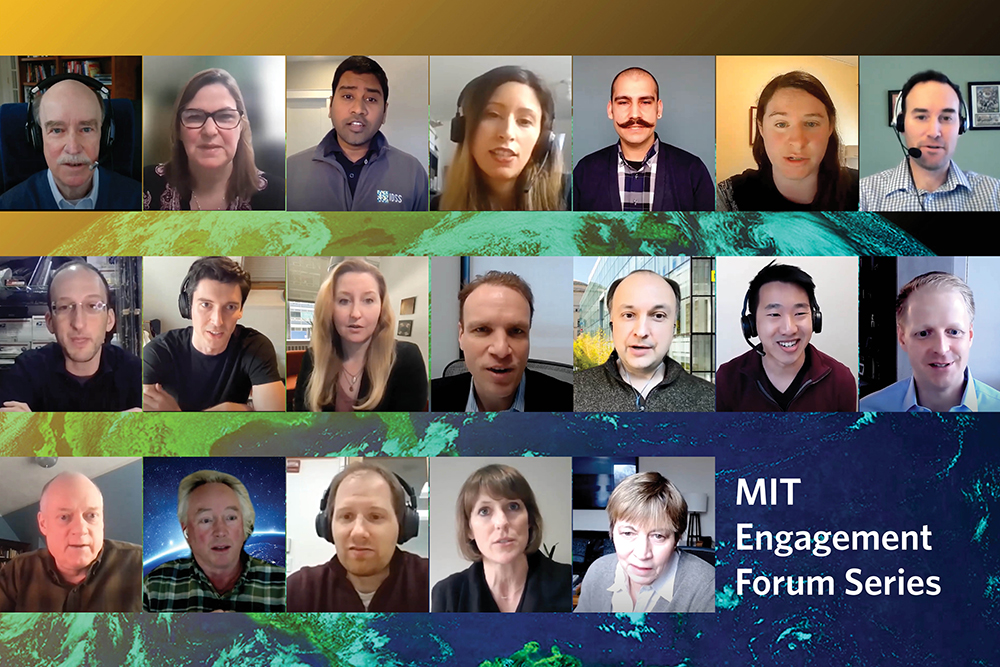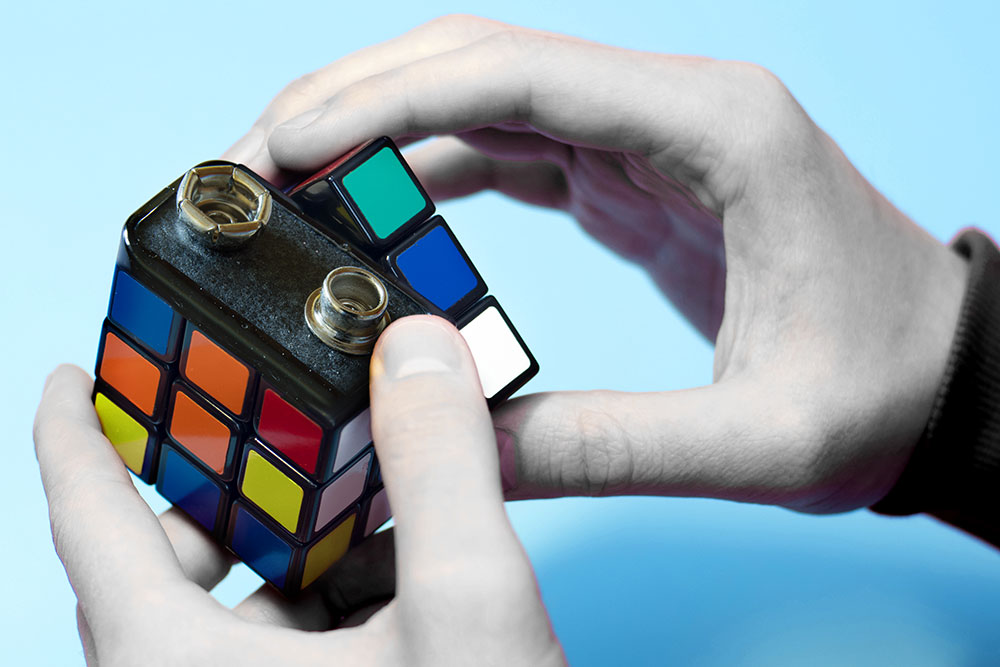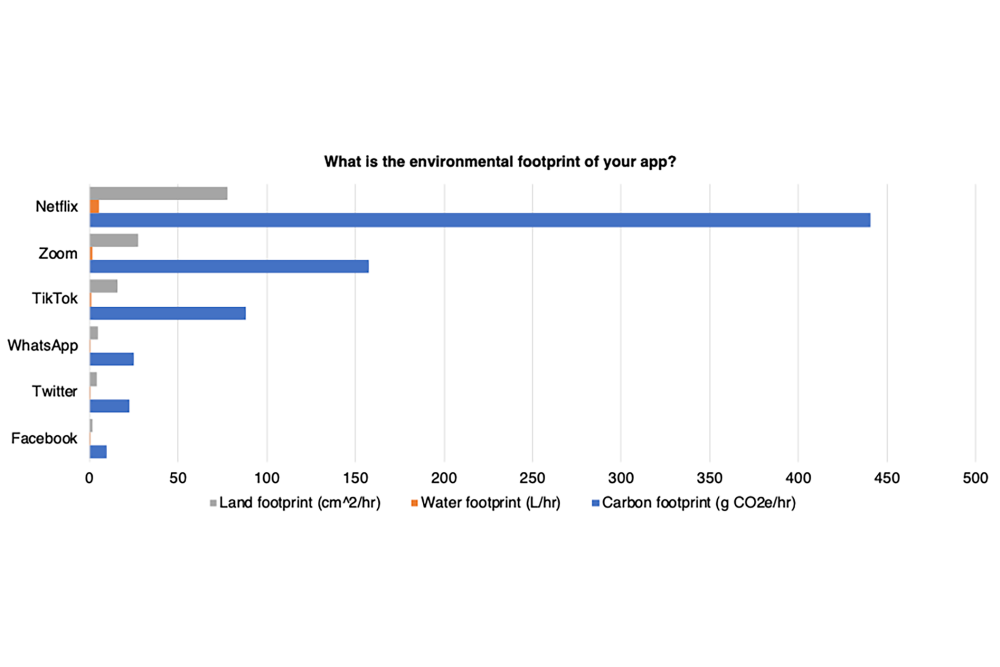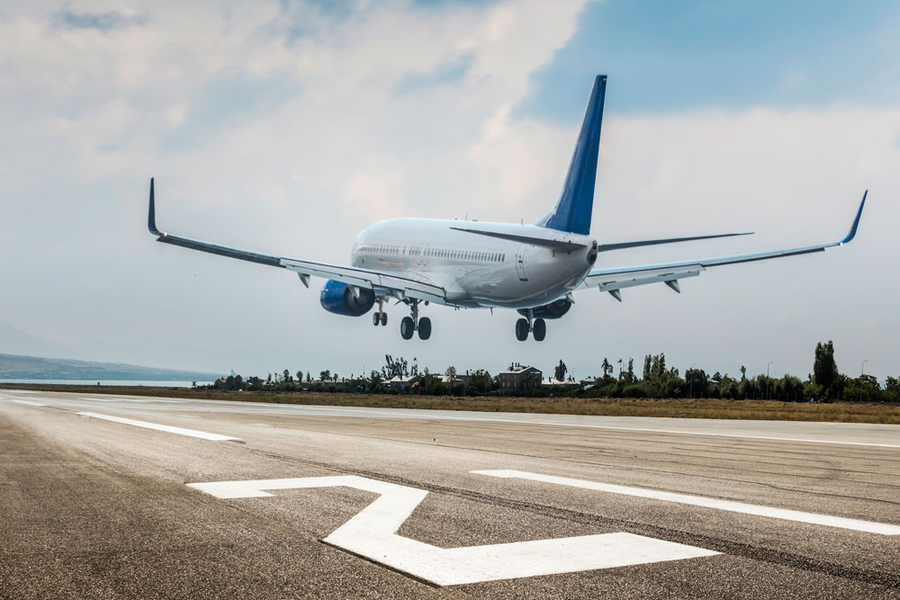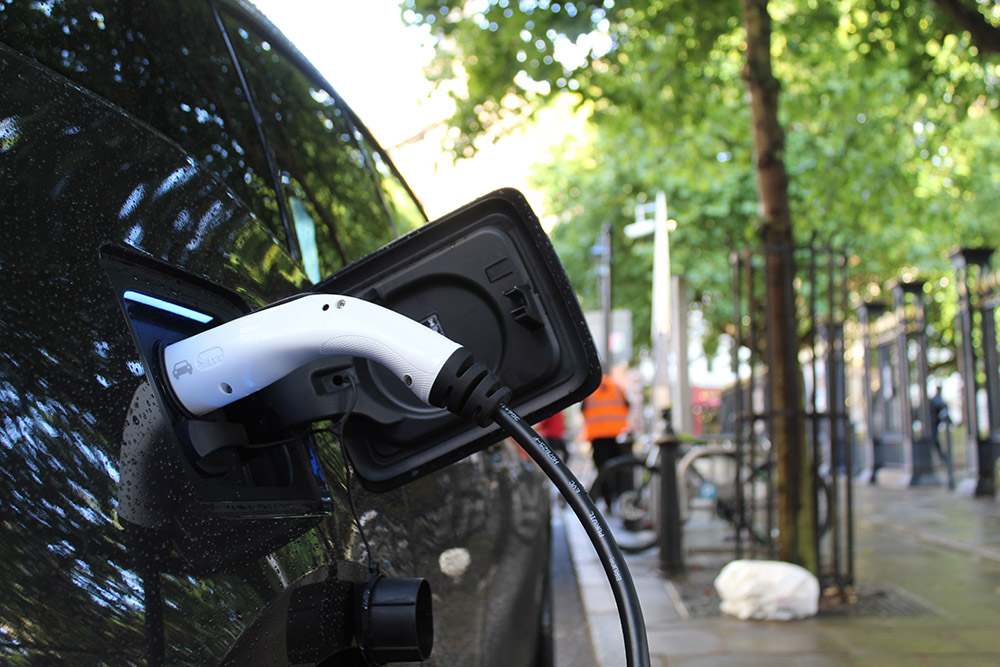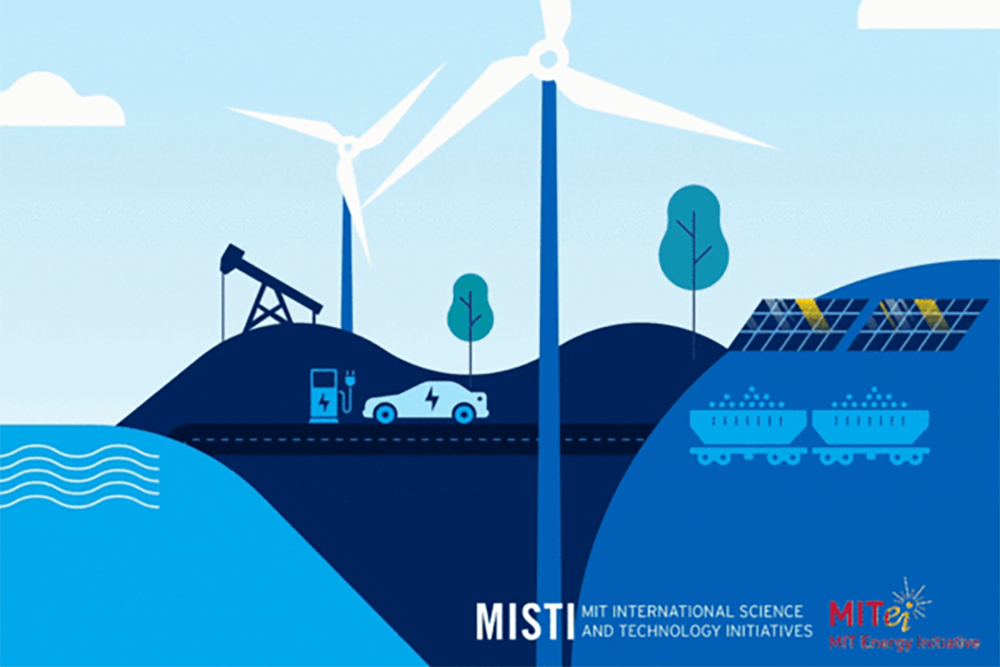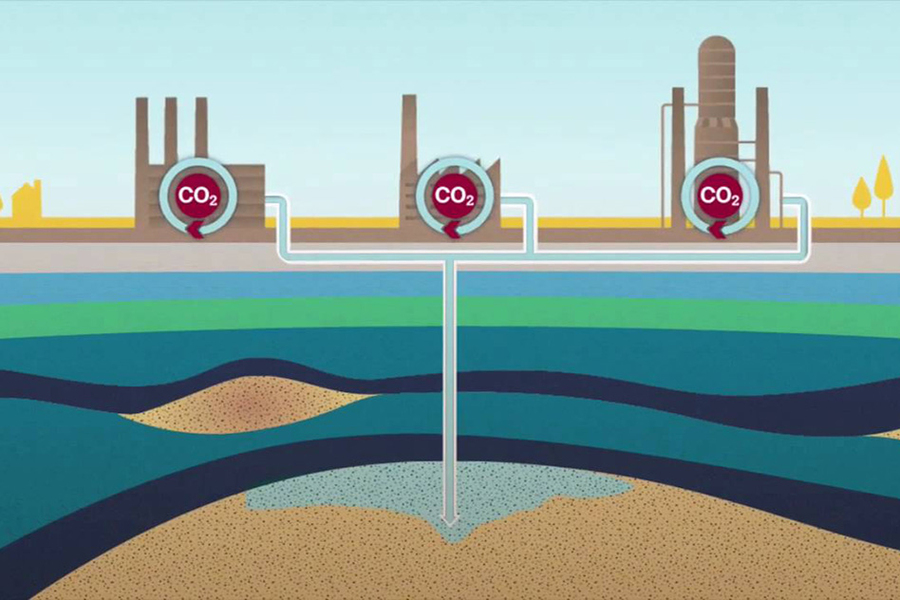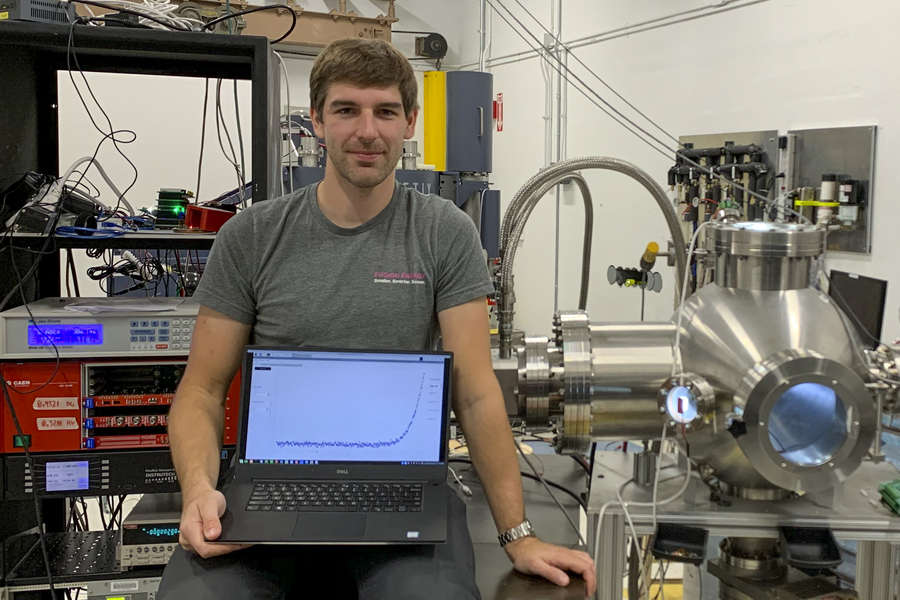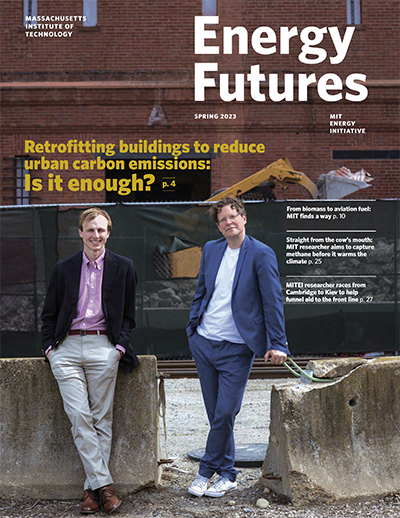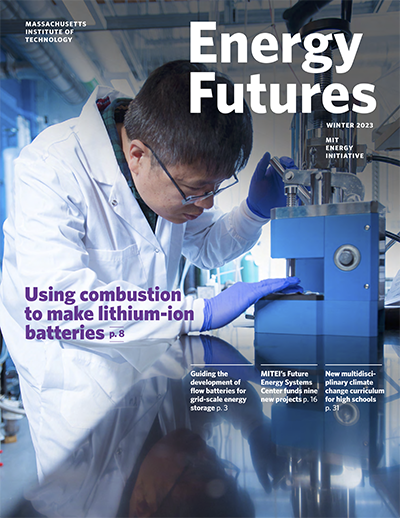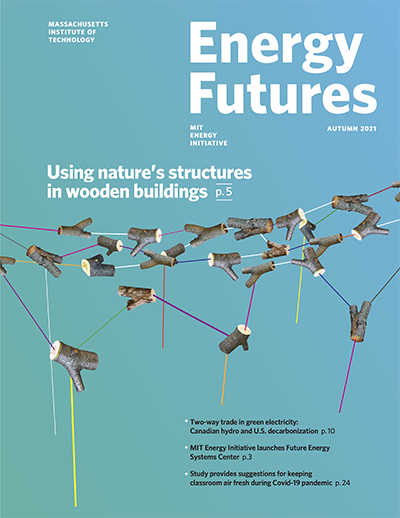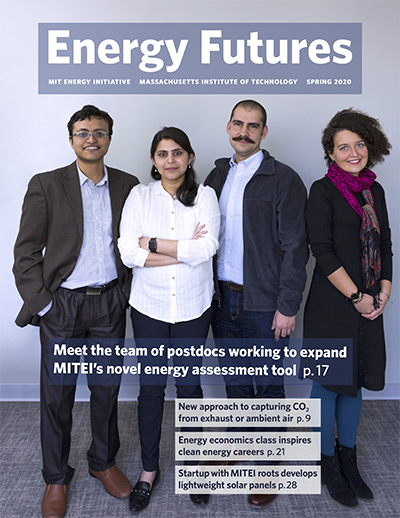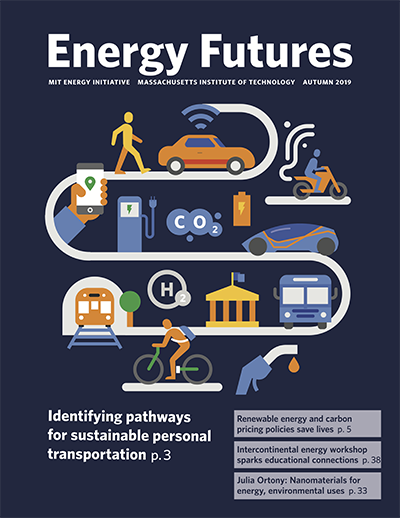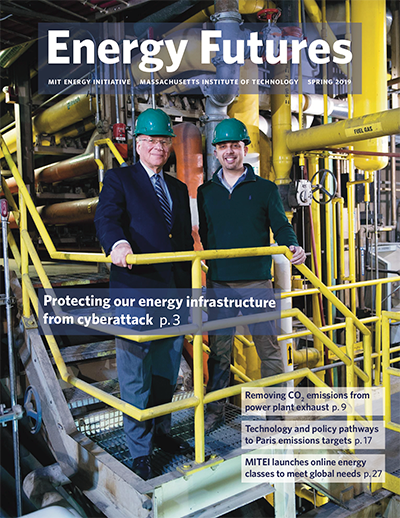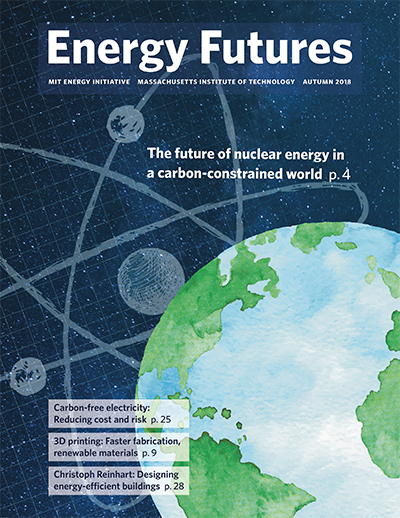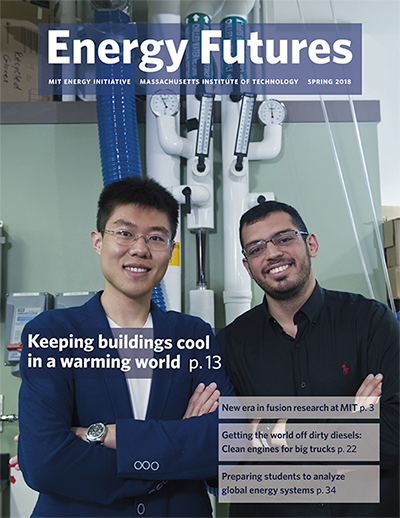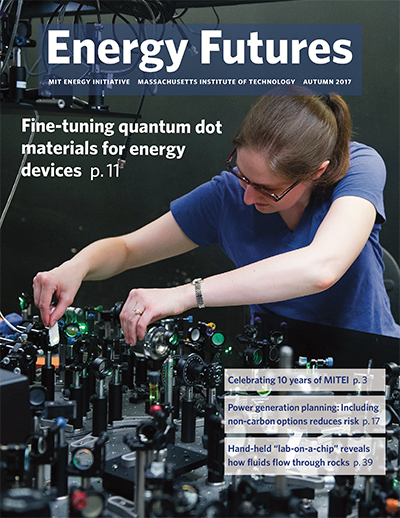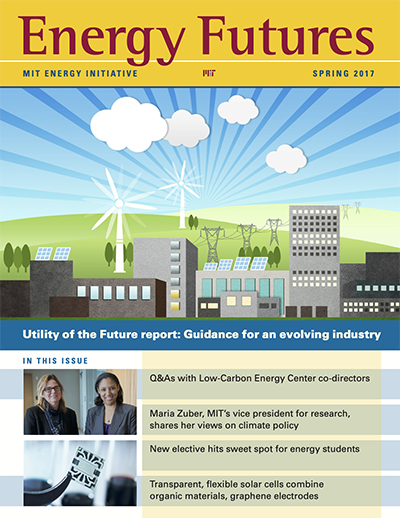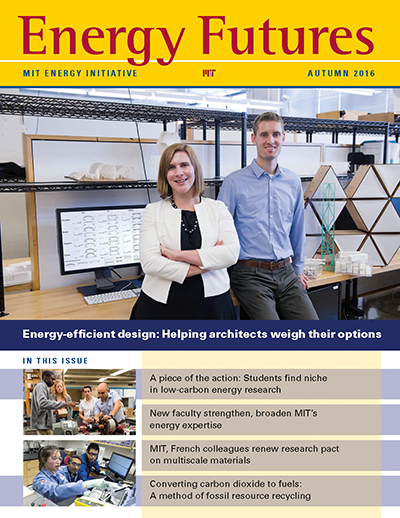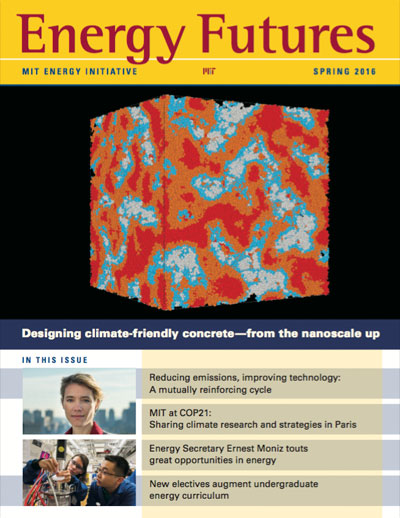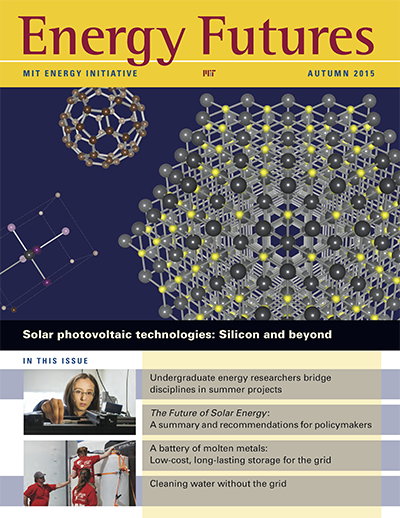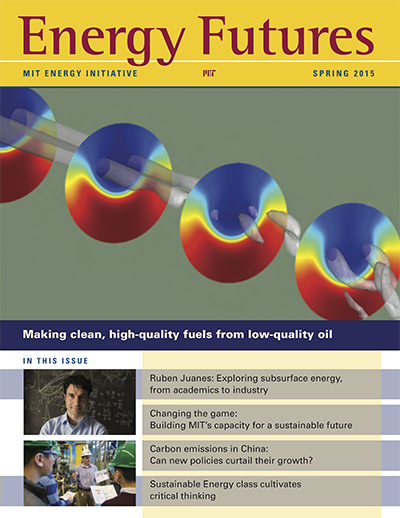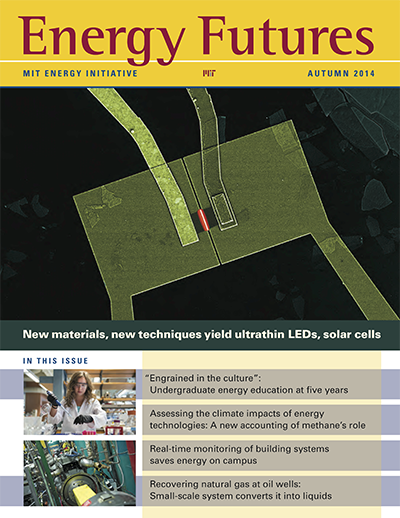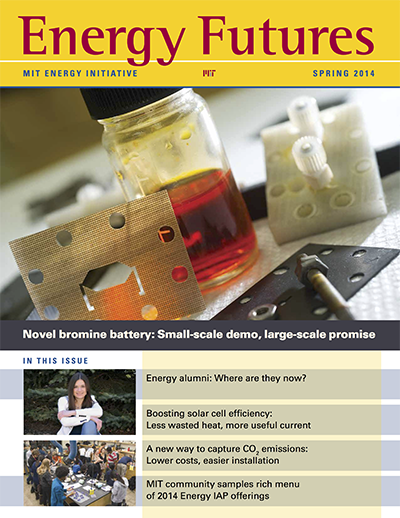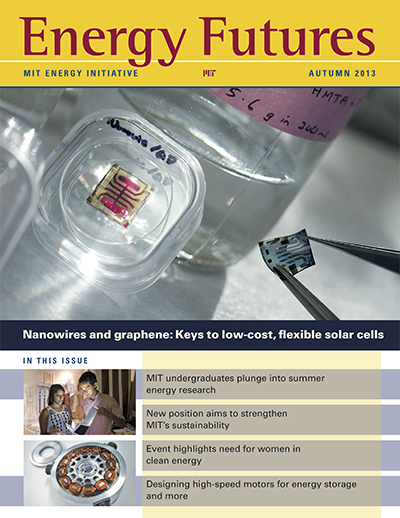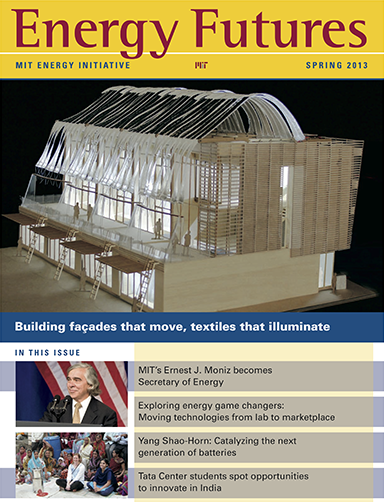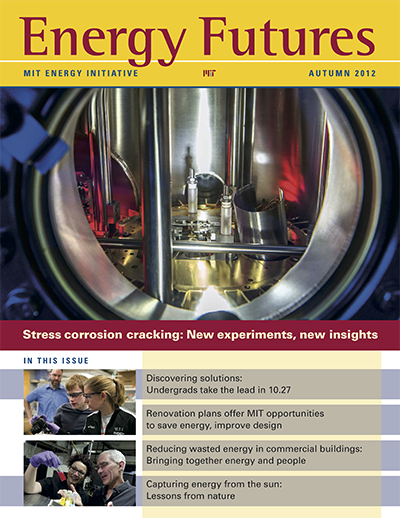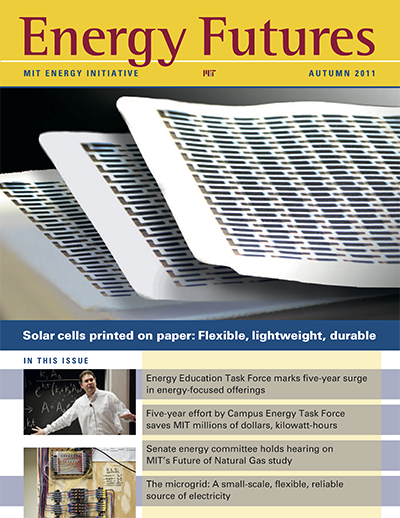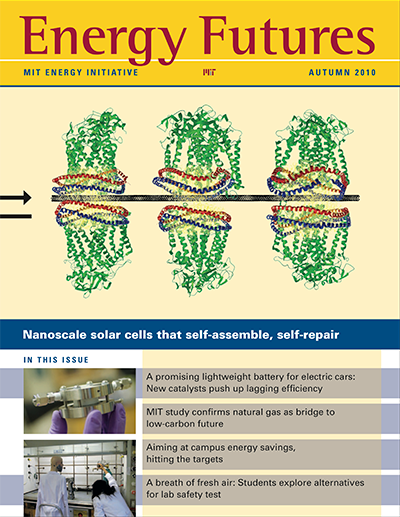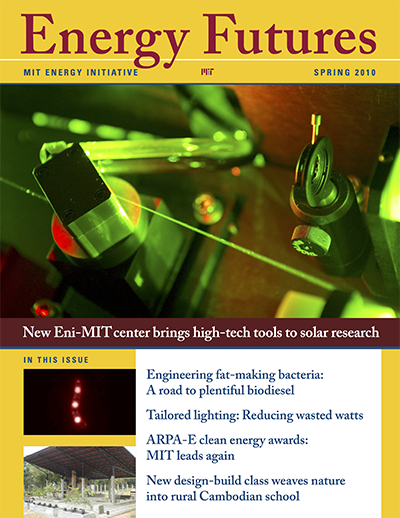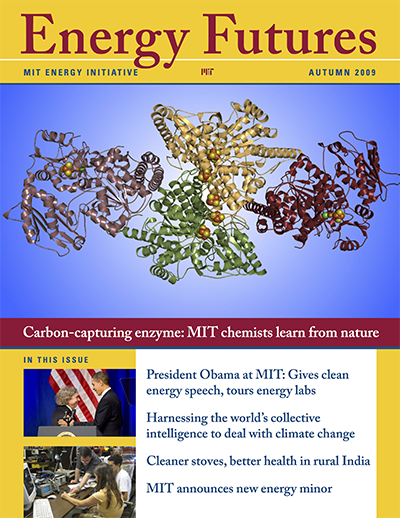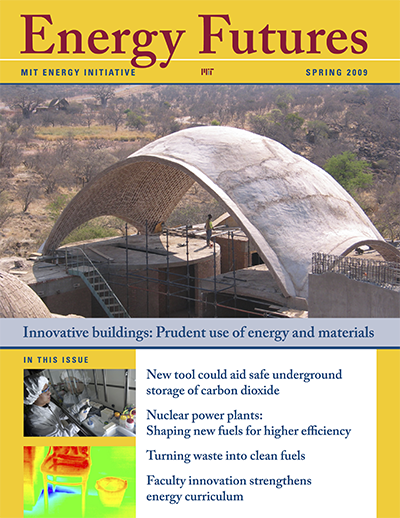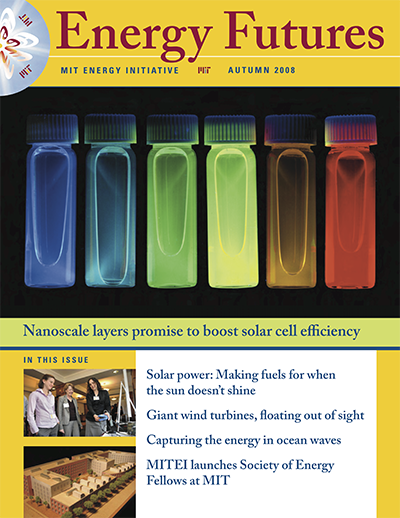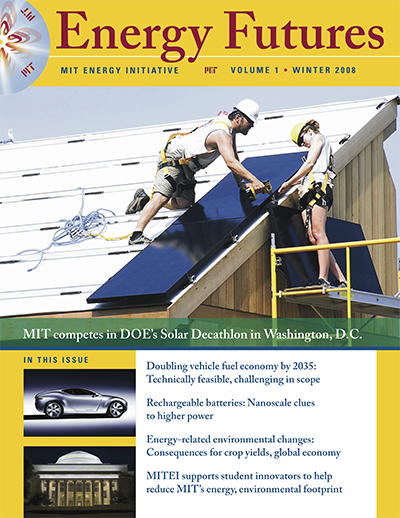Letter from the director
Dear friends,
It has now been more than a year since MIT and the rest of the world locked down in an effort to slow the spread of Covid-19. In that time, we have experienced grief and tragedy, but also extreme determination and perseverance. At MITEI, we have been humbled by the creativity and dedication of our community, which, despite many obstacles, remains committed to educating our students and finding clean energy solutions.
MIT has worked hard to keep programs running and to bring our researchers back to their labs as quickly and—most importantly—as safely as possible. MITEI looks forward to joining our colleagues on campus in what will be the “new normal” in the coming academic year.
The Institute continues to prioritize climate action, empowering our researchers to think collaboratively and strategically about where we need to make more ambitious efforts to move the needle on climate change. In March, MITEI co-hosted an engagement forum that gave the MIT community an opportunity to learn about and offer thoughts on the benefits and challenges of working with organizations outside of the Institute. As MIT Vice President for Research Maria T. Zuber said in her remarks, “MIT can’t solve climate change alone.” This event, which highlighted the benefits of these research collaborations, was part of a multiyear process informing the next phase of MIT’s climate action plan, which is being announced this spring.
From designs for a hybrid-electric plane to steps you can take to reduce the environmental footprint of your internet usage to new models rethinking the hydrogen supply chain, MIT researchers truly embody the Institute’s motto “mens et manus,” or “mind and hand.” This issue of Energy Futures highlights several of these innovative technologies and solutions that can help decarbonize our energy systems and accelerate climate change mitigation.
In this issue, you will read about a technique to generate hydrogen by reacting scrap aluminum and water, demonstrating that aluminum can be a high-energy-density, easily transportable, flexible, and carbon-free source of hydrogen. You will also read about researchers who have developed an approach for designing solid-state batteries that could be key to widespread adoption of electric vehicles and a major step in decarbonizing the transportation sector, as well as about important insights into a remarkable class of materials called metal-organic frameworks that could advance a variety of energy-related technologies.
This issue will also introduce you to gifted scholars in MIT’s School of Humanities, Arts, and Social Sciences, whose research and ideas can help solve the economic, cultural, and political dimensions of the world’s energy and climate challenges. At the heart of any technological solution are the people who will need to implement, advocate, support, use, and, eventually, even dispose of it. This past fall, Professor Clapperton Chakanetsa Mavhunga taught a course that focused on the environmental and health consequences of improperly discarded electronics waste—a huge issue as more and more of our innovations age into obsolescence.
With a heavy heart, I share with you the passing of three members of our MITEI community. We mourn the loss of George P. Shultz PhD ’49, who chaired our External Advisory Board from its beginning until he stepped down as chair at age 98 (but graciously remained on the board). He was a fierce advocate for climate change action and provided invaluable guidance on our work. You can read more about his life and contributions here. I am also sorry to share the passing of Stephen D. Bechtel, Jr., and John M. Bradley ’47, SM ’49. Stephen was an inaugural member of our External Advisory Board and a champion of our undergraduate students and courses. John supported our Seed Fund Program and loved engaging in the science and technical details of the novel energy research projects it generates. They will be missed dearly.
I want to thank you for reading this issue of Energy Futures and for your support. Please stay safe and healthy, and keep in touch.
Warm regards,

Professor Robert C. Armstrong
MITEI Director
